The name means Good Jesus of the Mount. This monumental stairway to a pilgrimage church is sited on a hill 5 km east of Braga. The 116m long ornate monumental stairway was first started in 1723 and took 60 years to build, until the next Archbishop came along and added another bit. He also replaced the 1373 chapel with a Neoclassic church over the next 60 years. There are chapels and ornamental fountains with every zig and zag so must seem spectacular to the devout - originally encouraged to climb on their knees - now more popularly done in lycra and runners as fitness fanatics zoom up and down. For the lazy there is a funicular built in 1882 which is the oldest funicular in the world moved by water counterbalancing, ie loading water into the car at the top of the hill, which weighs it down so it descends to the bottom, which draws the lighter, drained car up the hill, where the process starts all over again.The track is 274 m long and descends / rises 116 m, giving an average gradient of around 42%. This was both fun and interesting.
The upper part of the flights of stairs.
The upper part of the flights of stairs.
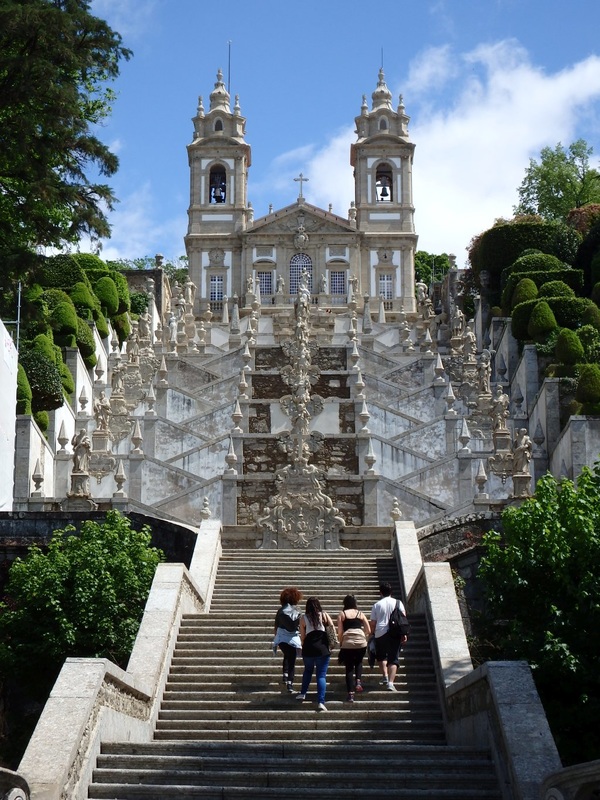
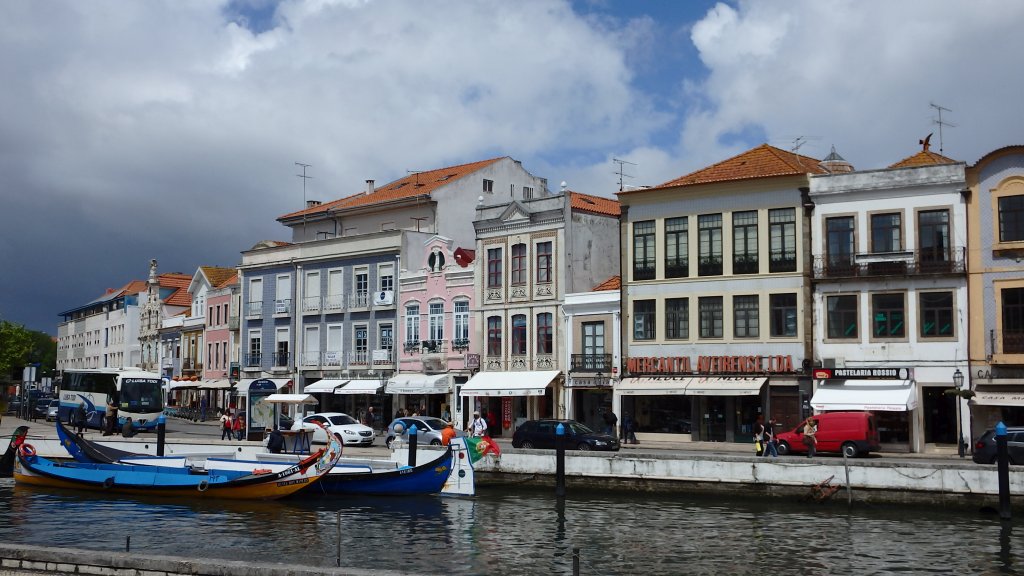
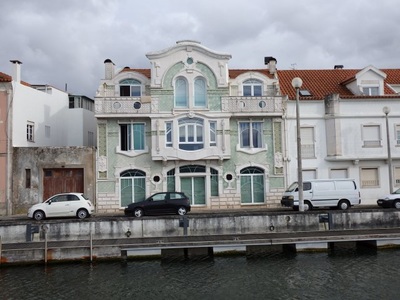
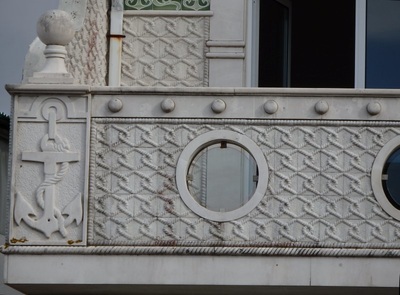
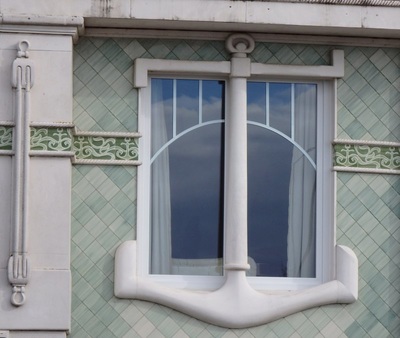
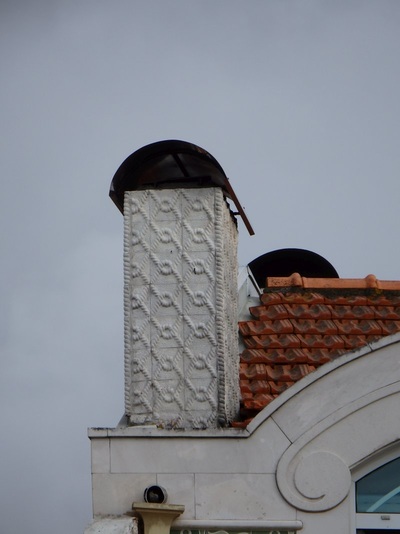
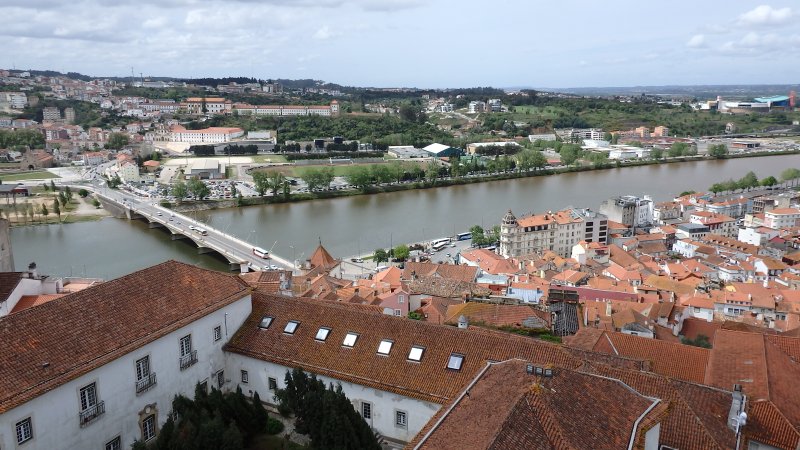
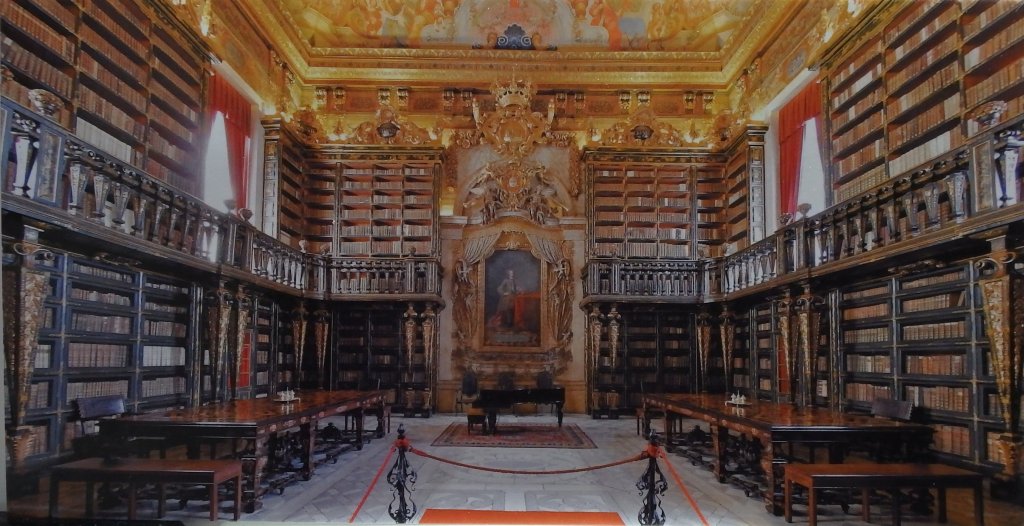
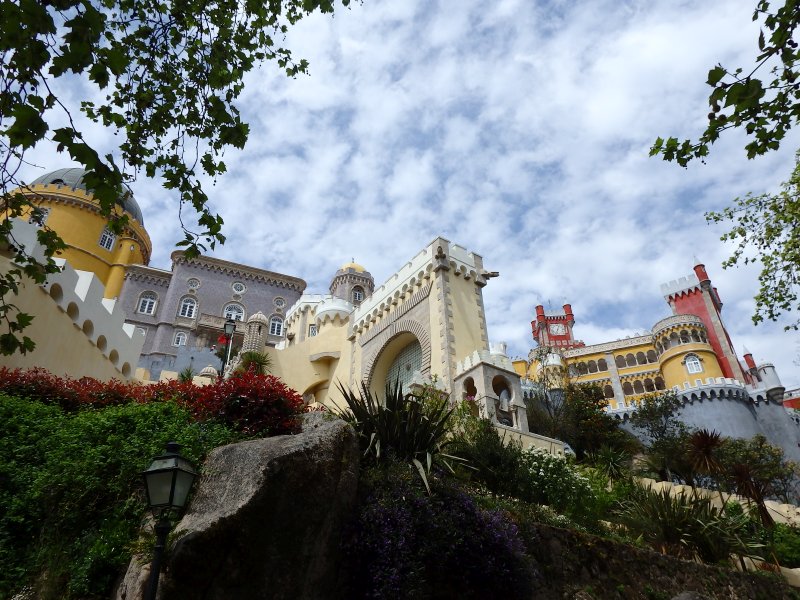
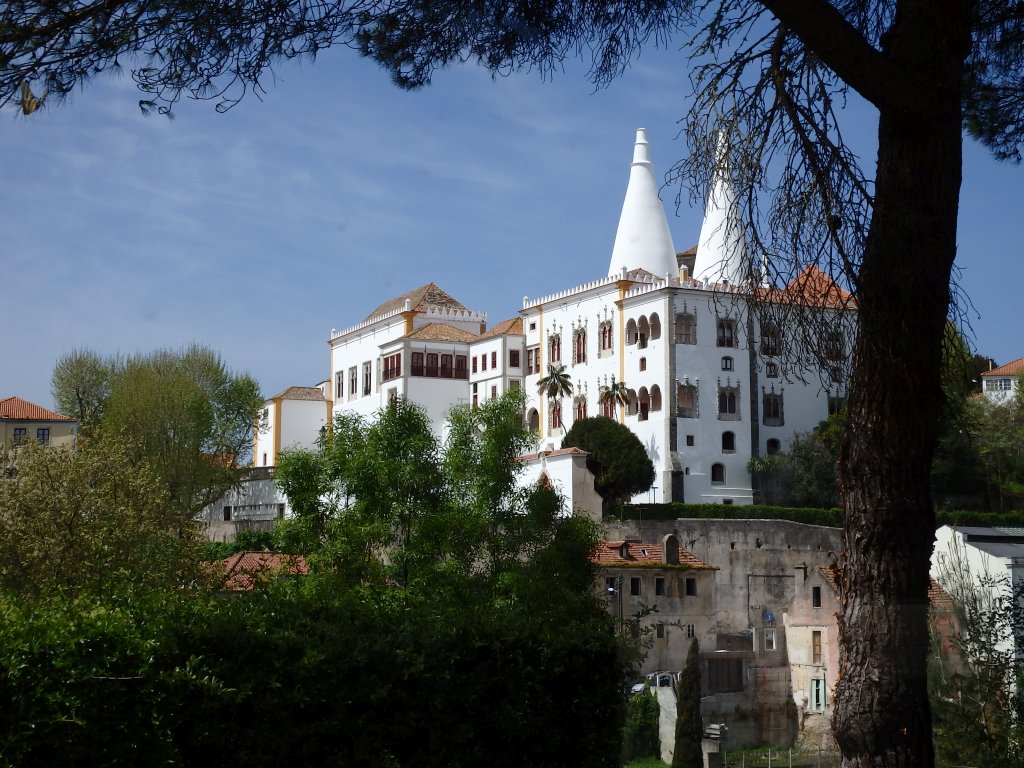
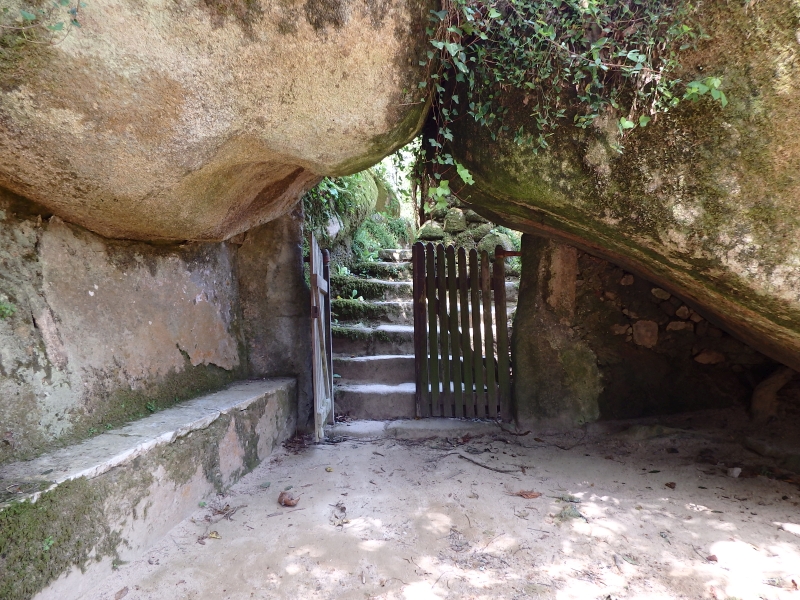
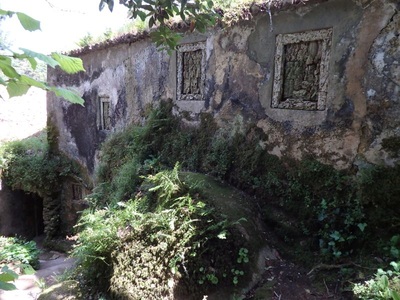
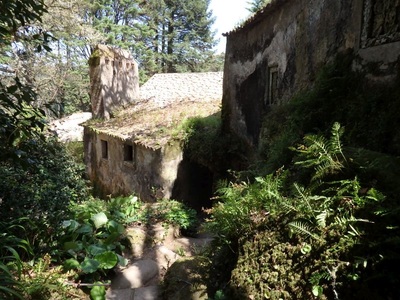
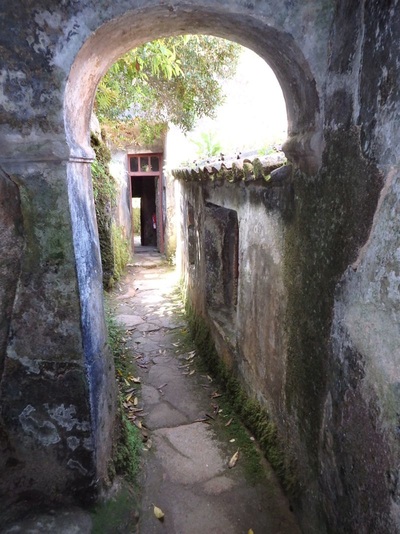
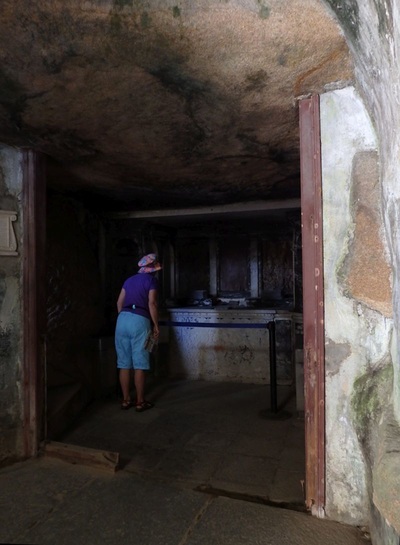
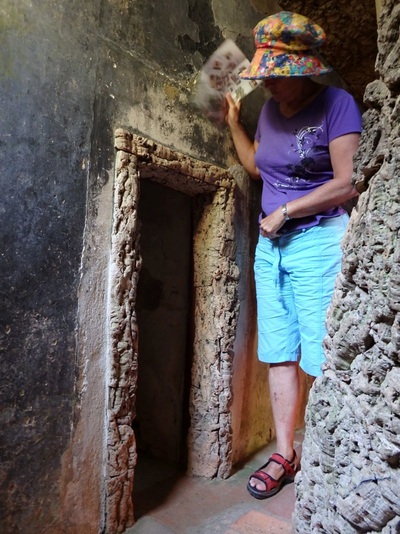
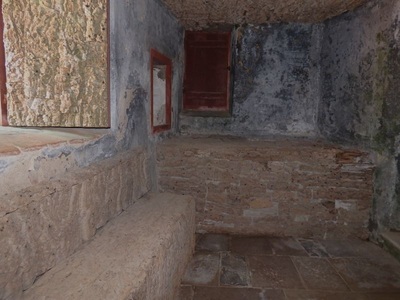
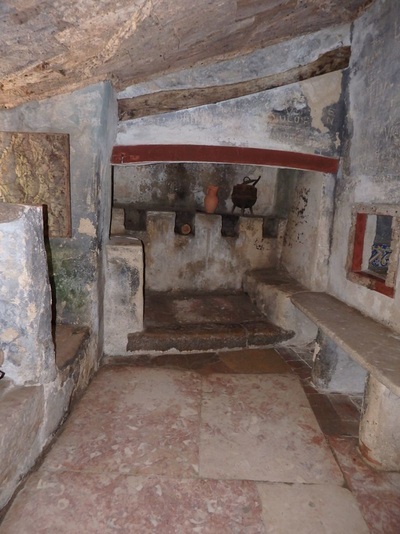
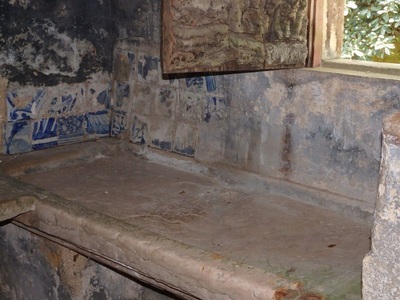
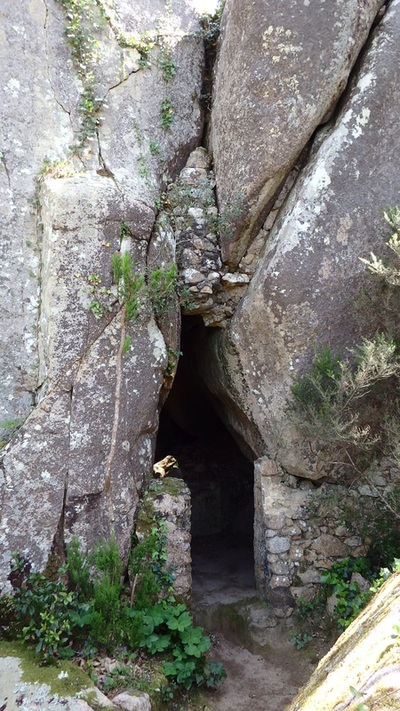
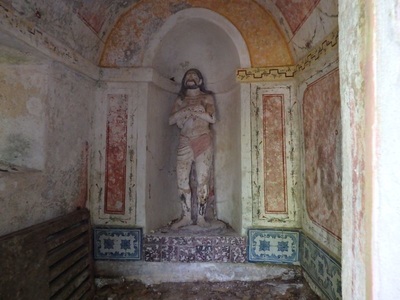
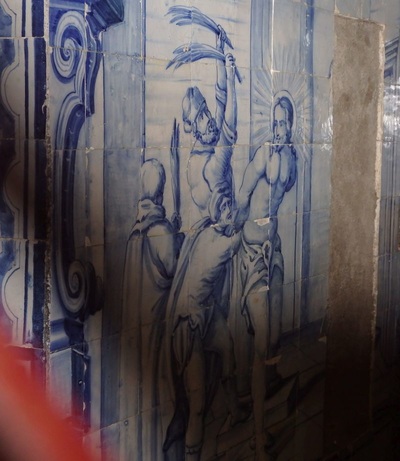
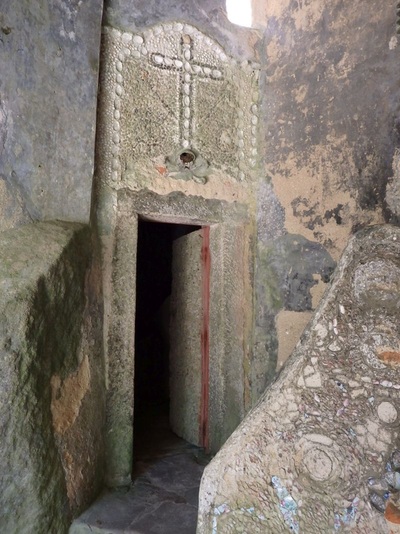
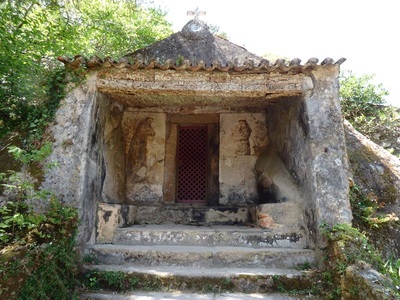
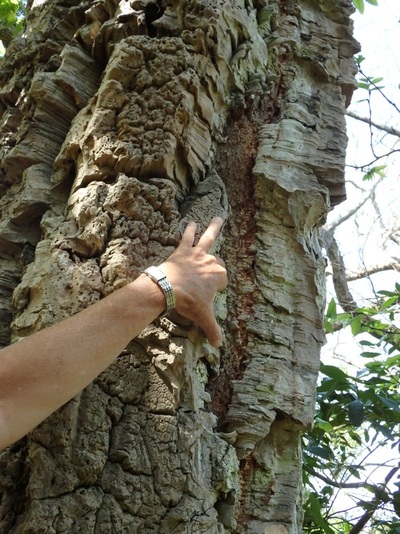
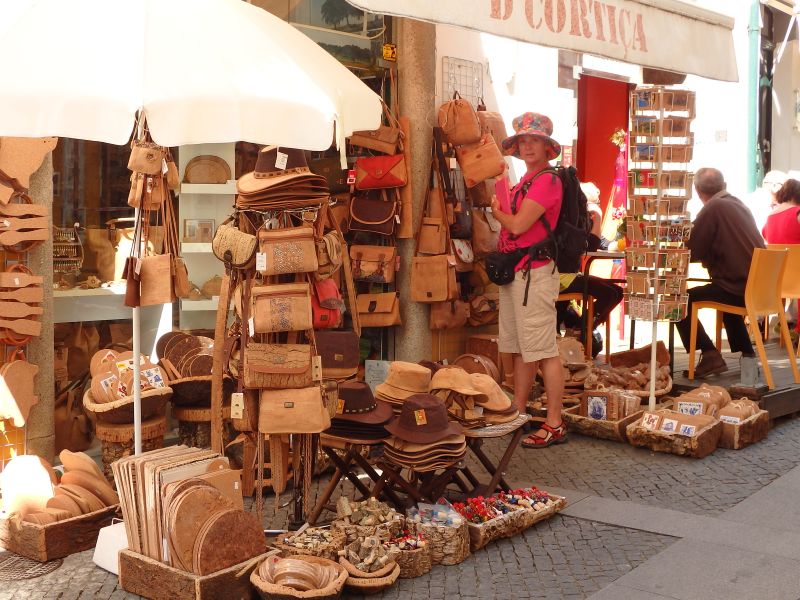
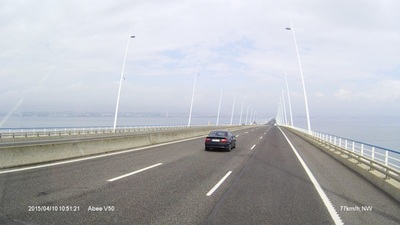
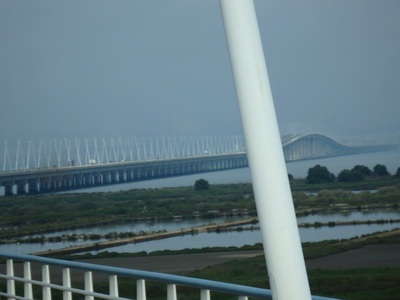
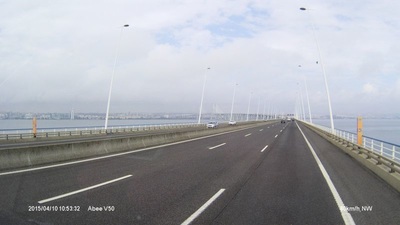
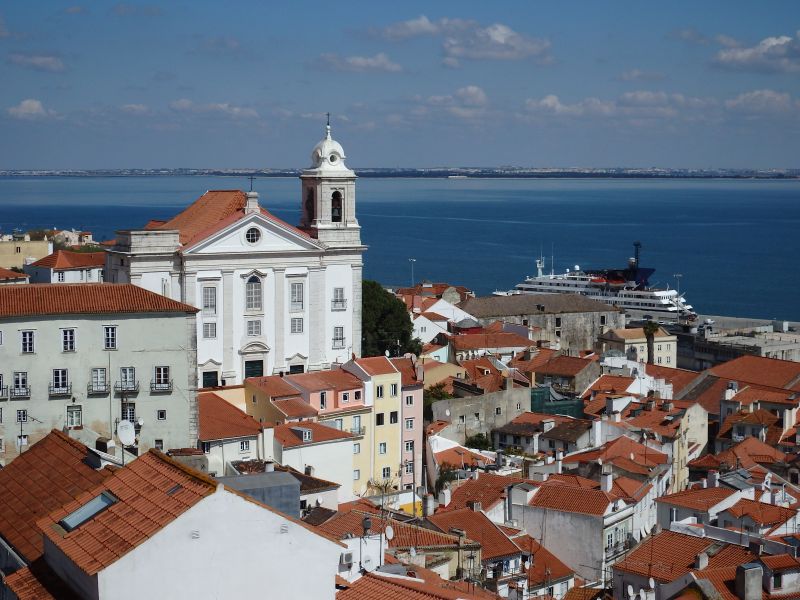
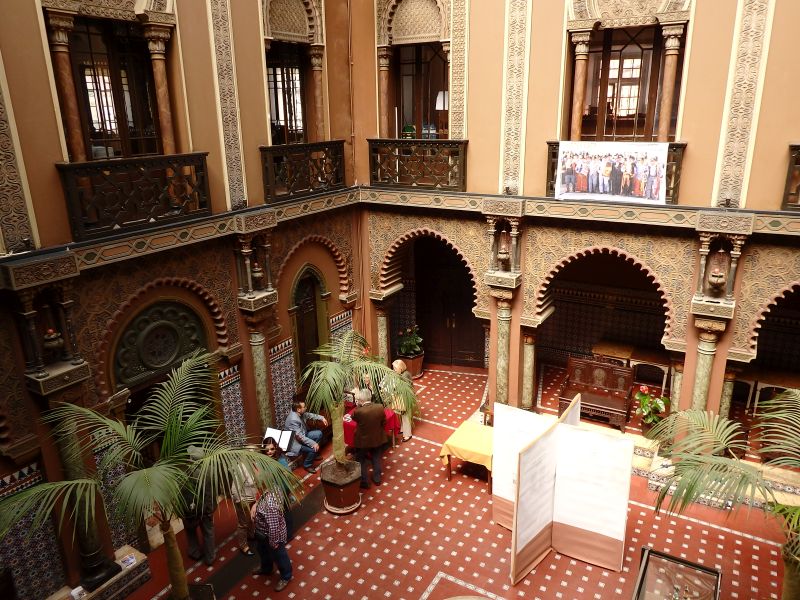
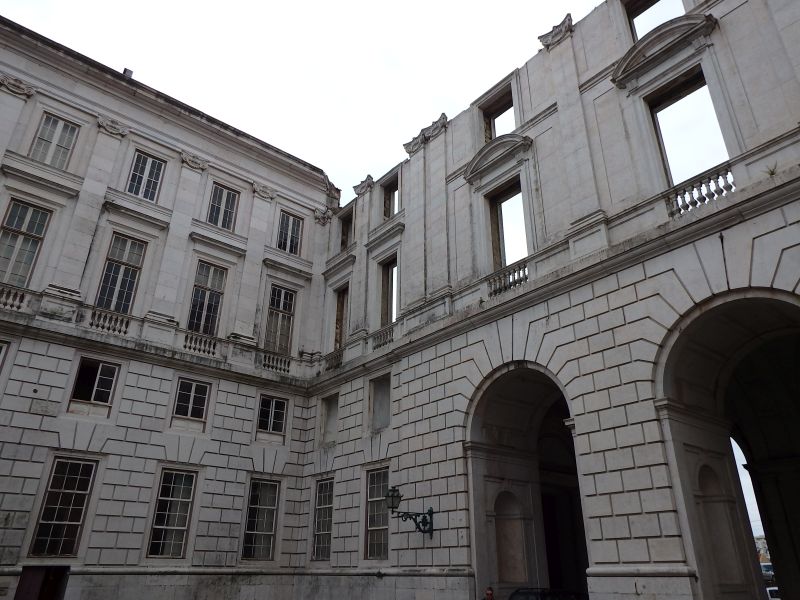
 RSS Feed
RSS Feed
